Description
1. Almonds Deliver a Massive Amount of Nutrients
Almonds are the edible seeds of Prunus dulcis, more commonly called the almond tree.
They are native to the Middle East, but the US is now the world’s largest producer.
The almonds you can buy in stores usually have the shell removed, revealing the edible nut inside. They are sold either raw or roasted.
They are also used to produce almond milk, oil, butter, flour or paste — also known as marzipan.
Almonds boast an impressive nutrient profile. A 1-ounce (28-gram) serving of almonds contains (1):
Fiber: 3.5 grams
Protein: 6 grams
Fat: 14 grams (9 of which are monounsaturated)
Vitamin E: 37% of the RDI
Manganese: 32% of the RDI
Magnesium: 20% of the RDI
They also contain a decent amount of copper, vitamin B2 (riboflavin) and phosphorus.
This is all from a small handful, which supplies only 161 calories and 2.5 grams of digestible carbohydrates.
It is important to note that your body does not absorb 10–15% of their calories because some of the fat is inaccessible to digestive enzymes (2Trusted Source, 3Trusted Source).
Almonds are also high in phytic acid, a substance that binds certain minerals and prevents them from being absorbed.
While phytic acid is generally considered a healthy antioxidant, it also slightly reduces the amount of iron, zinc and calcium you get from almonds.
2. Almonds Are Loaded With Antioxidants
Almonds are a fantastic source of antioxidants.
Antioxidants help protect against oxidative stress, which can damage molecules in your cells and contribute to inflammation, aging and diseases like cancer (4Trusted Source, 5Trusted Source).
The powerful antioxidants in almonds are largely concentrated in the brown layer of the skin (6Trusted Source, 7Trusted Source, 8Trusted Source).
For this reason, blanched almonds — those with skin removed — are not the best choice from a health perspective.
A clinical trial in 60 male smokers found that about 3 ounces (84 grams) of almonds per day reduced oxidative stress biomarkers by 23–34% over a four-week period (9Trusted Source).
These findings support those of another study which found that eating almonds with main meals reduced some markers of oxidative damage
3. Almonds Are High in Vitamin E
Vitamin E is a family of fat-soluble antioxidants.
These antioxidants tend to build up in cell membranes in your body, protecting your cells from oxidative damage.
Almonds are among the world’s best sources of vitamin E, with just 1 ounce providing 37% of the RDI (1).
Several studies have linked higher vitamin E intake with lower rates of heart disease, cancer and Alzheimer’s disease
4. Almonds Can Assist With Blood Sugar Control
Nuts are low in carbs but high in healthy fats, protein and fiber.
This makes them a perfect choice for people with diabetes.
Another boon of almonds is their remarkably high amount of magnesium.
Magnesium is a mineral involved in more than 300 bodily processes, including blood sugar control (17Trusted Source).
The current RDI for magnesium is 310–420 mg. 2 ounces of almonds provide almost half that amount — 150 mg of this important mineral (1).
Interestingly, 25–38% of people with type 2 diabetes are deficient in magnesium. Correcting this deficiency significantly lowers blood sugar levels and improves insulin function (18Trusted Source, 19Trusted Source, 20Trusted Source).
People without diabetes also see major reductions in insulin resistance when supplementing with magnesium (21Trusted Source, 22Trusted Source).
This indicates that high-magnesium foods such as almonds may help prevent metabolic syndrome and type 2 diabetes, both of which are major health problems.
5. Magnesium Also Benefits Blood Pressure Levels
The magnesium in almonds may additionally help lower blood pressure levels.
High blood pressure is one of the leading drivers of heart attacks, strokes and kidney failure.
A deficiency in magnesium is strongly linked to high blood pressure regardless of whether you are overweight (23Trusted Source, 24Trusted Source, 25Trusted Source).
Studies show that correcting a magnesium deficiency can lead to major reductions in blood pressure (26Trusted Source, 27Trusted Source).
If you do not meet the dietary recommendations for magnesium, adding almonds to your diet could have a huge impact.
6. Almonds Can Lower Cholesterol Levels
High levels of LDL lipoproteins in your blood — also known as “bad” cholesterol — is a well-known risk factor for heart disease.
Your diet can have major effects on LDL levels. Some studies have shown almonds to effectively lower LDL.
A 16-week study in 65 people with prediabetes found that a diet providing 20% of calories from almonds lowered LDL cholesterol levels by an average of 12.4 mg/dL (28Trusted Source).
Another study found that eating 1.5 ounces (42 grams) of almonds per day lowered LDL cholesterol by 5.3 mg/dL while maintaining “good” HDL cholesterol. Participants also lost belly fat

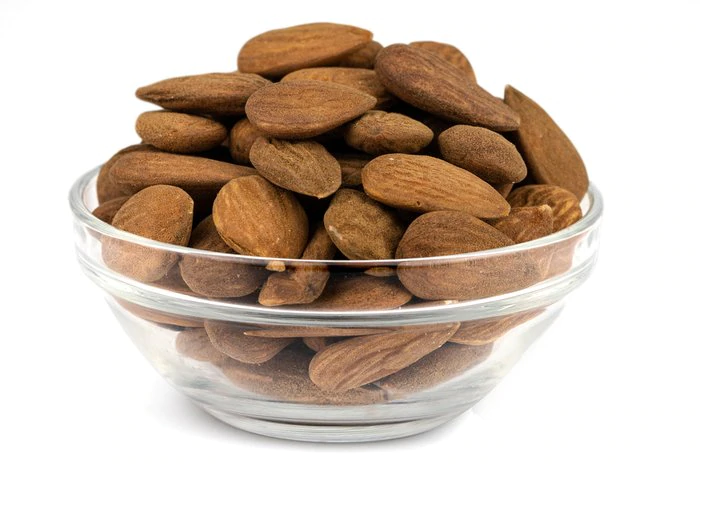
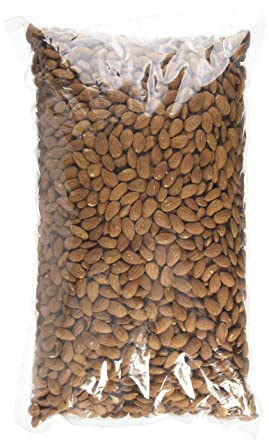

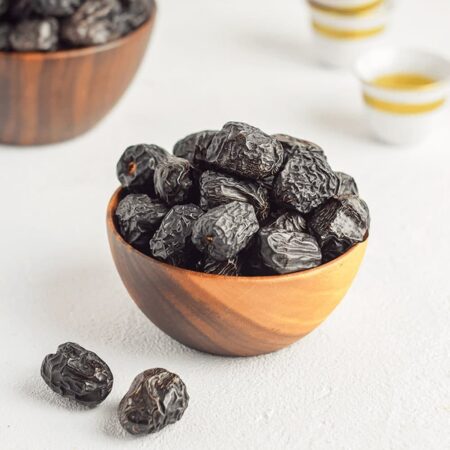
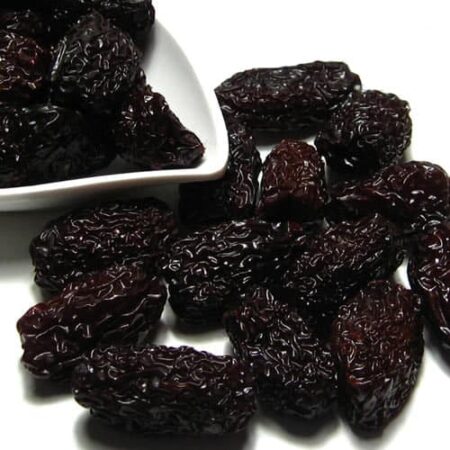
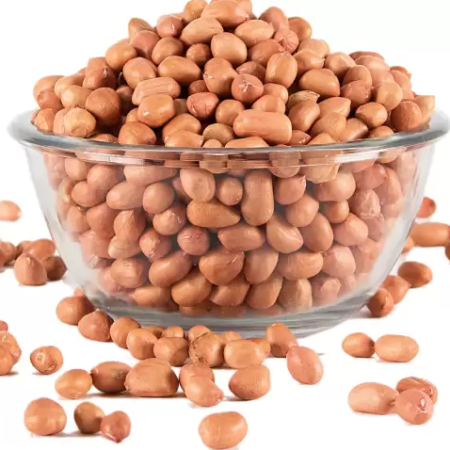
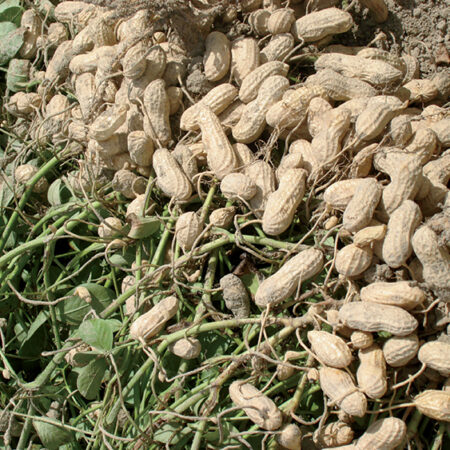
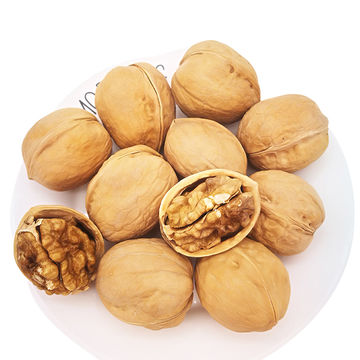

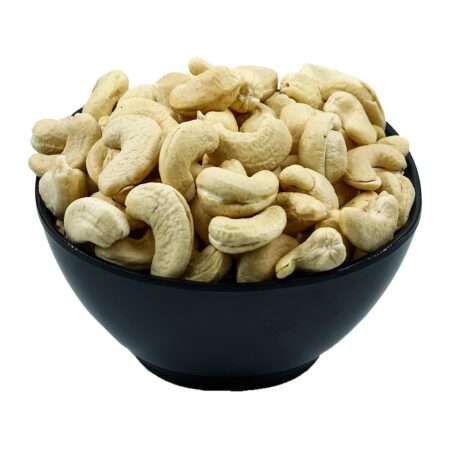


Reviews
There are no reviews yet.